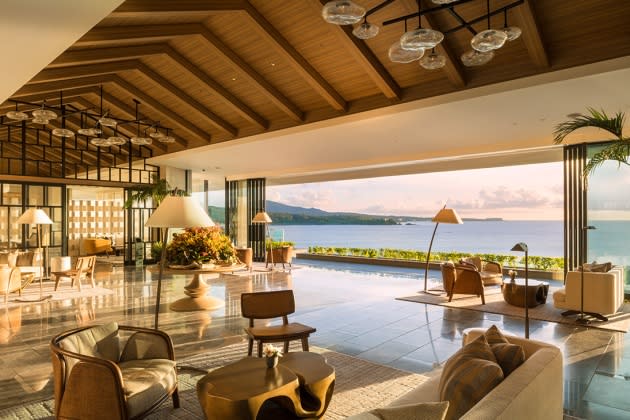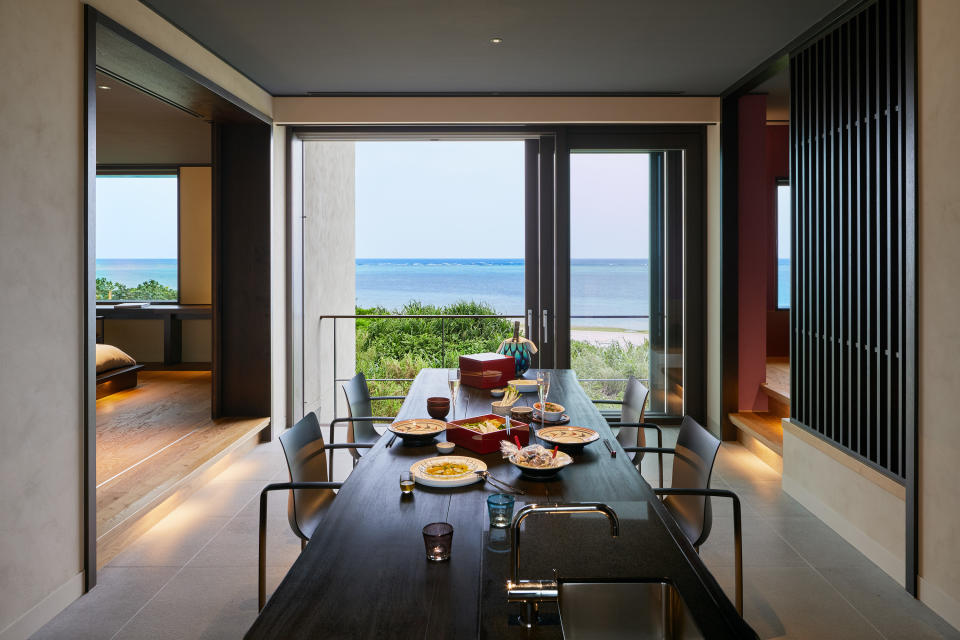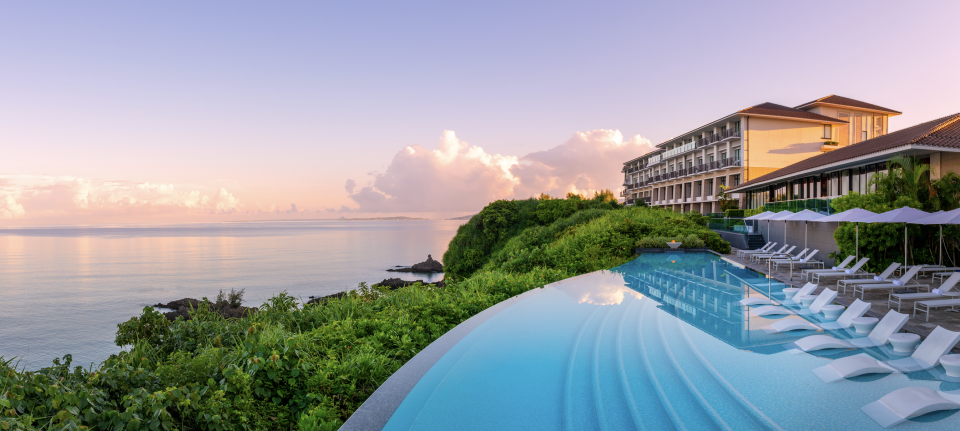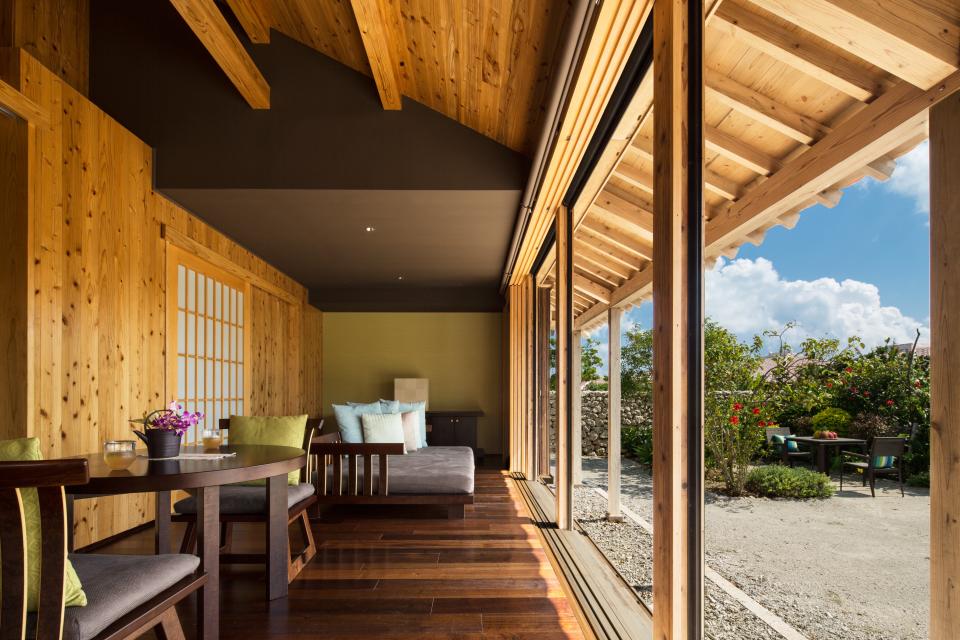‘Cobra Kai’ Star Ralph Macchio Says Visiting Okinawa, Japan, “Was Almost A Spiritual One For Me”

In the East China Sea, in the south of Japan, the Okinawa prefecture encompasses 160 islands with a surprisingly tropical climate. It’s also one of five Blue Zones, where people live the longest and are healthiest.
Cobra Kai star Ralph Macchio filmed scenes for season three on the lush main island of Okinawa — the birthplace of karate and the site of one of World War II’s bloodiest battles — over a few days.
More from The Hollywood Reporter
He was struck by “the perfectly clear air and calm breeze when taking in the breathtaking panoramic views of the mountains and gorgeous coastlines.” During his short trip, “what remained consistent was the welcoming embrace from the people of the island, often described as the happiest place in the world with its unparalleled longevity and life expectancy.” Macchio stayed at Ryukyu Onsen Senagajima Hotel (from $150 a night), known for its popular traditional hot spring bath, called onsen. He says visiting the “ ‘Land of Miyagi’ was almost a spiritual one for me.”
Because the country was closed to travelers until October 2022, the newest properties and experiences in Okinawa are mostly undiscovered outside Japan.
In 2020, Hoshinoya Okinawa (from $1,005 a night) opened in Yomitan village with protective local Gusuku stone walls, ocean panoramas and technicolor coral reefs out front. The 100 low-profile rooms and villas have indoor patios and a contemporary design that references hyperlocal cultural heritage, such as traditional Okinawa dye. Cuisine is fresh and sourced from the “farms of the sea.” Horse riding on the beach, Ryukyu martial arts, and lessons on the local sanshin musical instrument are all available, too.

Forty-five minutes northeast is Halekulani Okinawa (from $559 a night), an outpost of the famed Halekulani in Waikiki. It opened in 2019 and offers private helicopter transfers from the airport, of appeal to its Japanese film industry, musician and athlete guests. The most secluded accommodations are five sanctuary-like clifftop villas with heated pools as well as natural hot spring baths (onsen), from $2,374 a night. The locally sourced fine-dining restaurant Shiroux is led by two–Michelin star chef Hiroyasu Kawate, and the resort has two exclusive experiences inside the newly minted UNESCO World Heritage Site of Yanbaru National Park, where guests can try the beloved Japanese activity of stream climbing, known as sawanobori.

Taketomi is a charmingly low-key island of just three villages (and no airport; it’s reached by ferry from Ishigaki Island) with a beach of star-shaped coral sand, water buffalo cart tours, and a local banjo-like instrument called sanshin. The island’s Hoshinoya Taketomi (from $827 a night) is a 48-villa upscale resort where a vibrant 94-year-old resident teaches guests mat weaving, one of several tizawa practices, aka handicraft in the local dialect. General manager Jumpei Kataoka says guests are “able to connect with traditions that have gone unchanged for centuries. The locals welcome guests and want them to know the island by living as they do.”

Also on offer for a limited time: the Iriomote Island Jungle Butler experience on a little-trod island, which involves kayaking through Japan’s biggest mangrove basin and trekking into remote jungles where the protected Iriomote wildcat lives. “To round out the day, travelers can participate in a nighttime breathing ritual and find serenity in the stars,” Kataoka adds, since this is “the first area in Japan to be designated a dark sky preserve — the Milky Way, Seven Sisters and other star clusters shine brightly from Taketomi!”
A version of this story first appeared in the March 29 issue of The Hollywood Reporter magazine. Click here to subscribe.

